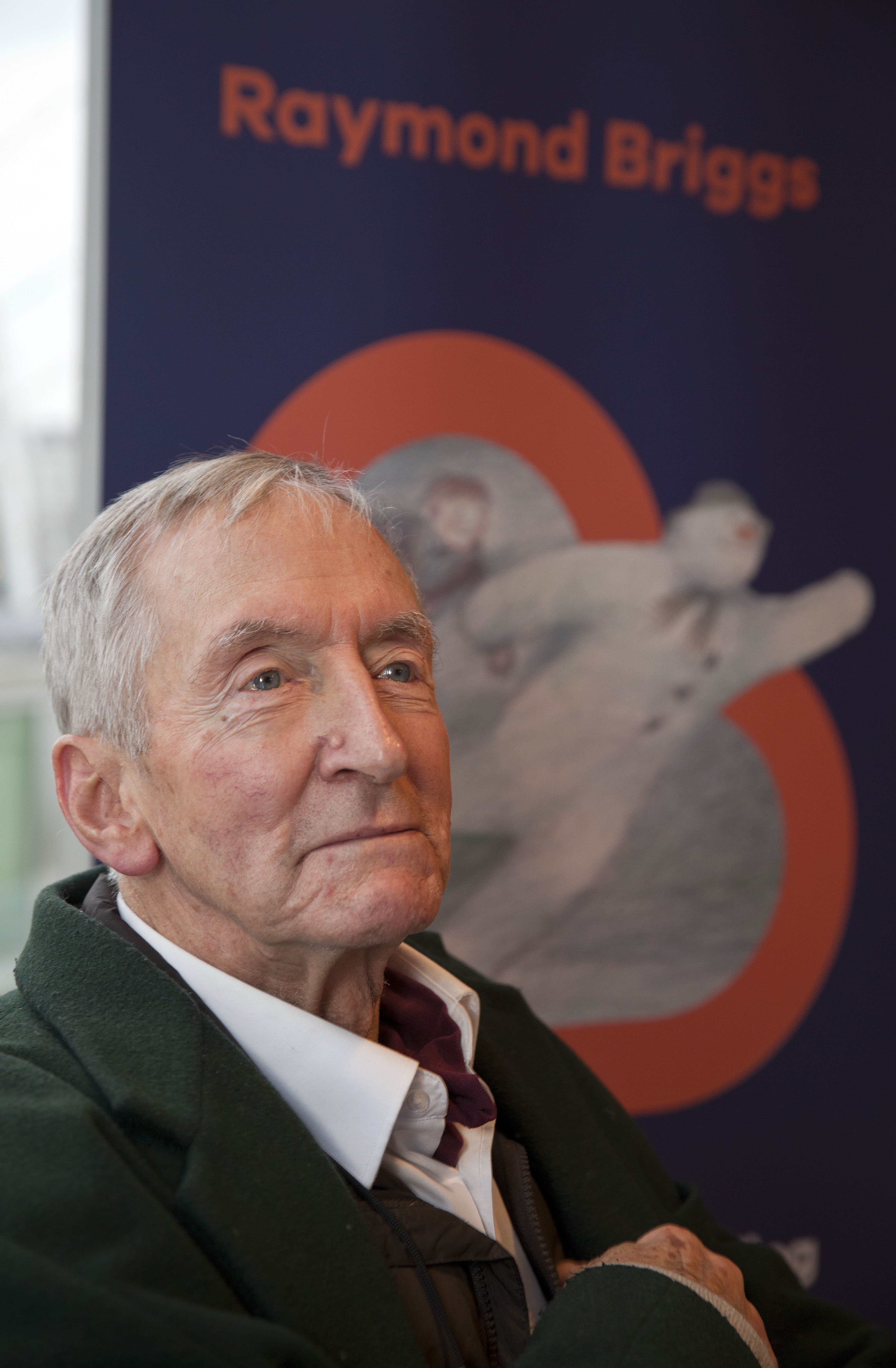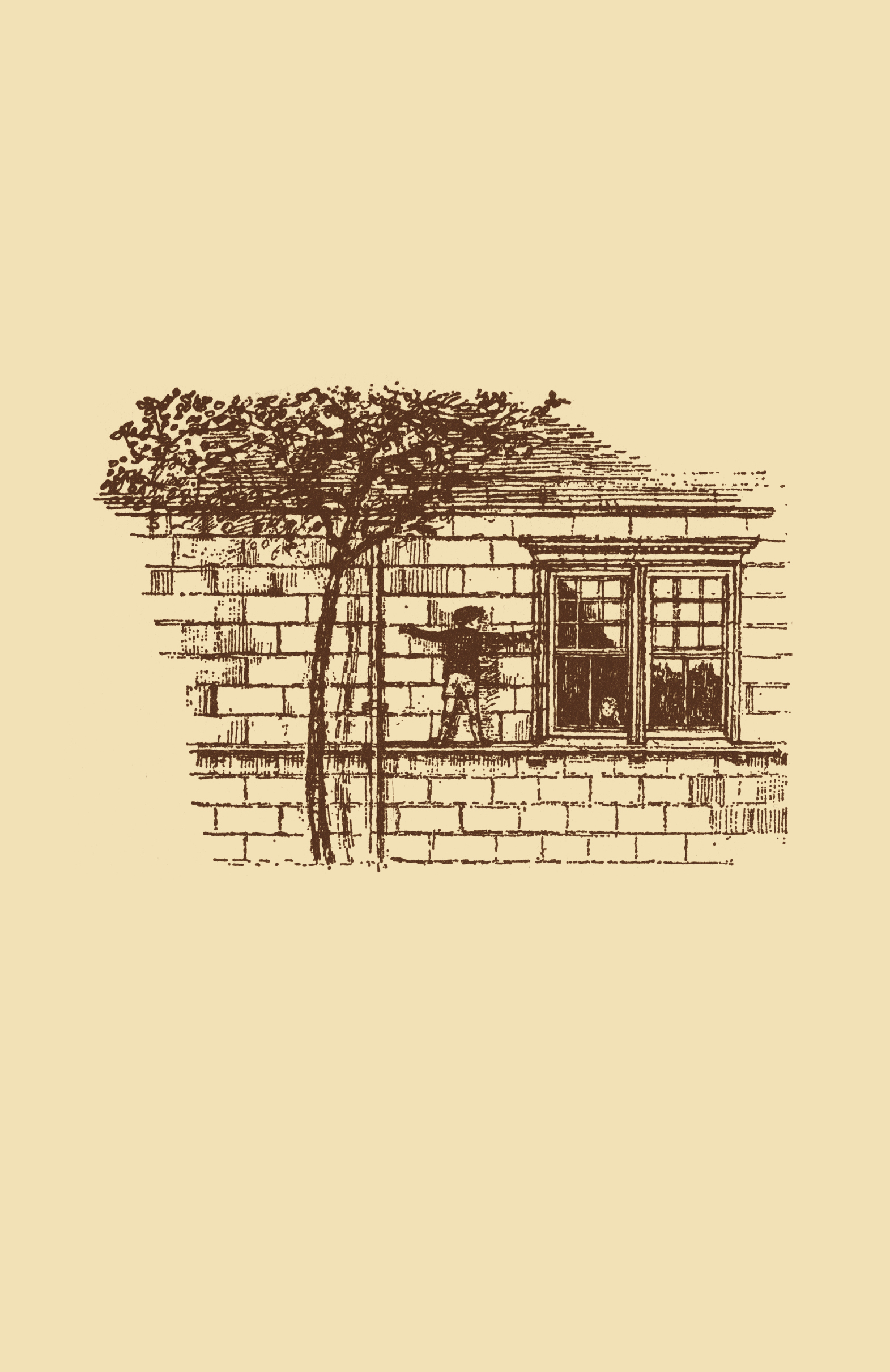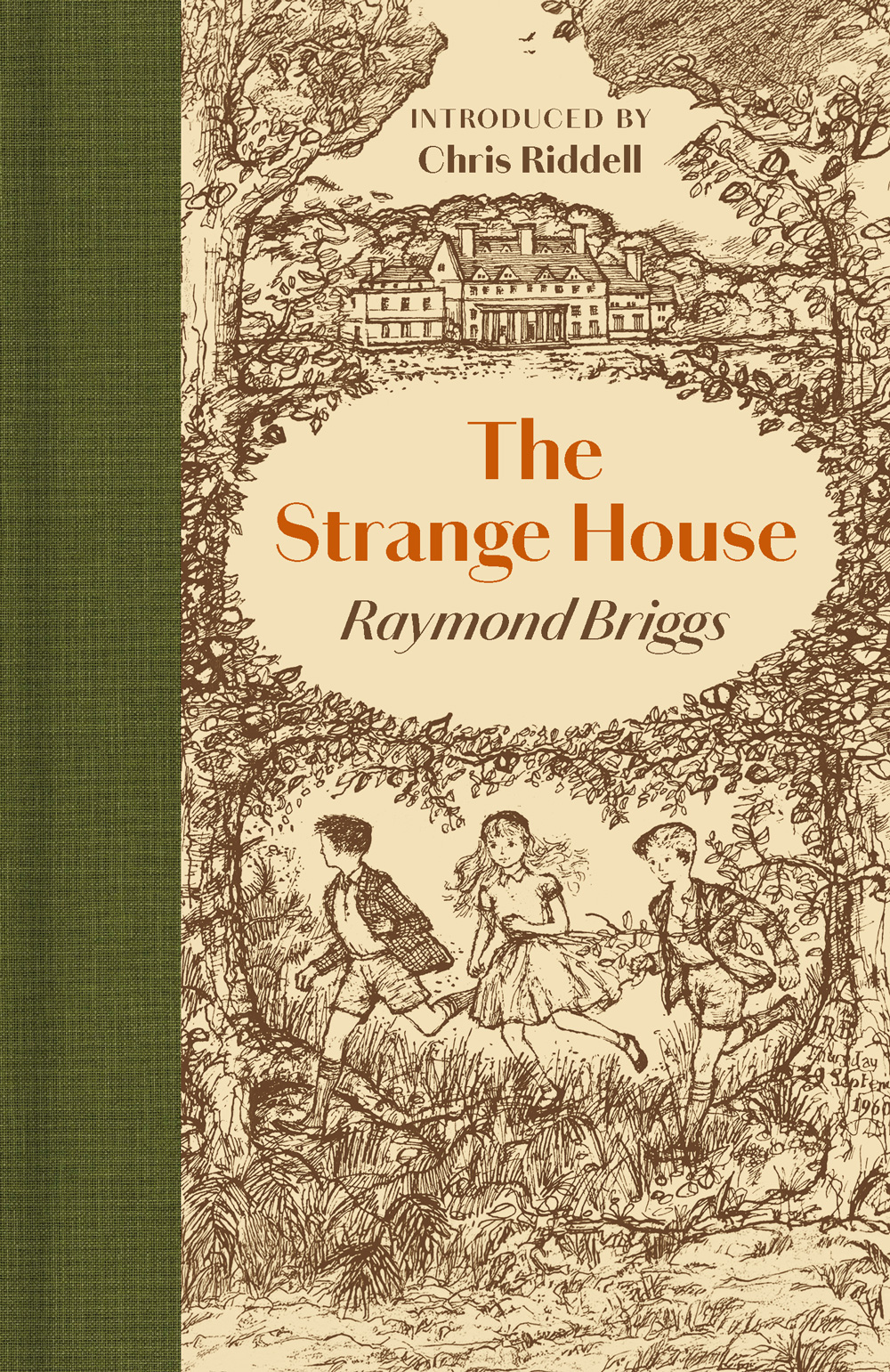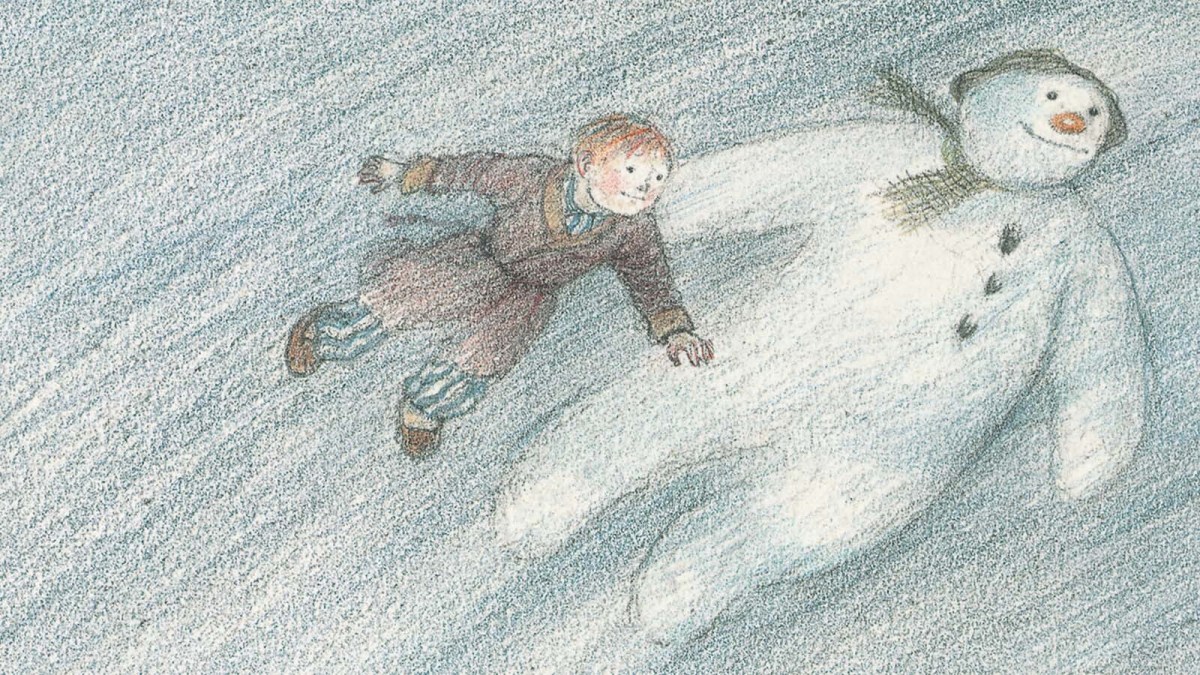One day when Raymond Briggs was about 12 he was brought home to his parents in a police van. According to Briggs’s memoir of his family, Ethel & Ernest, he “was apprehended breaking and entering the golf club and stealing valuable billiard cues”. The police gave him a caution but threatened borstal next time. His mother was horrified and distraught. But when a neighbour commented on the presence of the Black Maria, Ethel, always one for keeping up appearances, responded: “He’s been helping the police with their investigations. He reported some stolen property he found in the woods. The chief inspector said he was a very clever boy.”
Raymond Briggs’s children’s novel Midnight Adventure was an expiation of his crime, based on the story his mother made up. Two friends, Gerry and Tim, sneak out in the middle of the night to go fishing in a stream on a local golf course. (The original incident took place in daytime.) They come across a lorry into which three men are loading furniture from the golf club. They hide in the lorry, then drive it, there’s a chase, and they manage to alert the police. The burglars are caught and the boys rewarded with a fried breakfast. Their trespassing is forgiven.

Raymond Briggs in 2017
© PHOTOGRAPH BY DAVID SANDISON
Midnight Adventure is one of two novels by Briggs featuring the same two boys, both published in 1961. He wrote them because after two years of illustrating other people’s texts he decided to “have a bash” himself. Seeking advice, he showed the first attempt, The Strange House, to an editor, who amazed him by offering to publish it. Both books are now republished in one volume by Manderley Press.
The Strange House also originated in experience. Briggs grew up in Wimbledon Park, south London, and close to home was a huge, abandoned house he and his friends would explore, just as they used bombsites as their playgrounds. Briggs remembered breaking into a semi-basement room with a collection of birds’ eggs in cabinets. The house belonged at the time to a Russian count.

An illustration from the re-published edition of The Strange House and The Midnight Adventure
RAYMOND BRIGGS
When I interviewed Briggs for a book, he told me: “It stood empty, except that an old Russian lady used to check on it, and she would chase us away, shouting [in a thick Russian accent], ‘Criminal brains!’” The Russian lady became the villain of The Strange House, who shouts, ‘Criminal vagabonds!’ and is cruel to a young girl who is supposed to be in her care. The house and the golf course are both still identifiable places in Wimbledon Park, along with a tunnel that appears in the story.
At the time there were two abandoned cars in the garden, an Edwardian Rolls-Royce and a Daimler-Benz, and Raymond would sit in them and pretend to drive. Aficionados of The Snowman will remember that the boy and the snowman sit in a car and do the same.
These two early stories are now period pieces in which boys go tadpoling and say “gosh, it’s super” and describe people as “queer” — meaning strange — and objects as “jolly old”. Chris Riddell, who wrote the introduction to the new volume, rightly points out that what makes these stories remarkable are the illustrations. He sees an affinity with illustrators such as EH Shepard and Pauline Baynes, but principally with Edward Ardizzone in what he calls the “vigorous inking” of Briggs’s black-and-white drawings.

• Raymond Briggs — the genius and sadness of the Snowman creator
Briggs’s marks are dark and dense. He never just suggests the pattern of brickwork or foliage or tiling but draws each detail separately: wood grain, railings and the squares on a check jacket are all similarly minutely rendered. This diligence was characteristic of such later works as Father Christmas, in which bricks and tiles feature significantly, and in Ethel & Ernest, where every detail of interiors, streets and gardens is painstaking.
The conspicuous patience was a sign of things to come. As a pioneer of the use of the comic strip in illustrated children’s books, Briggs made things hard for himself by necessitating repetition. In his last picture book, The Puddleman, for instance, he decided at a late stage that the little boy, who had been drawn 81 times, should be wearing wellington boots instead of shoes. It meant rubbing out 162 shoes and drawing 162 wellingtons. And then Briggs had a change of heart about shorts instead of jeans; 81 pairs had to be changed.
• Read more book reviews and interviews — and see what’s top of the Sunday Times Bestsellers List
We can see too in these illustrations an early stage in the evolution of Briggs’s figure drawing. These boys already have a squarish Briggsian look. His figures always had a dumpy quality, reminiscent of people in a Bruegel painting. It did not surprise me, after looking at Raymond’s work, to discover that he had a poster of Bruegel’s Children’s Games on the wall of his studio.
Briggs was the great chronicler of loss — just look at The Snowman, The Bear, The Man, The Tin-Pot Foreign General and the Old Iron Woman, and Ethel & Ernest. What is unusual about these two republished stories is that they have happy endings. They conclude with new friends, and plates of eggs and bacon. But then, in 1961, the great losses of Briggs’s life: the deaths of his wife and his parents, were still ahead of him.
The Strange House by Raymond Briggs (Manderley £19.99 pp176). To order a copy go to timesbookshop.co.uk. Free UK standard P&P on orders over £25. Special discount available for Times+ members

